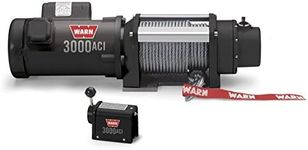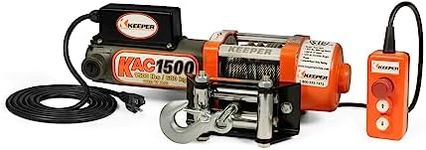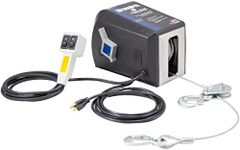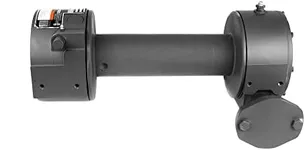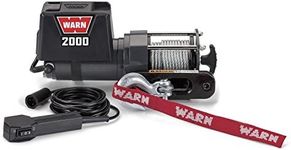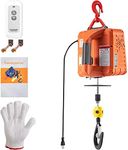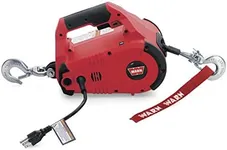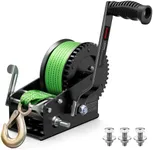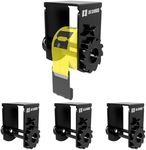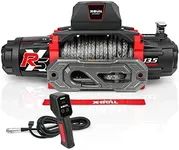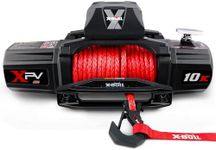Buying Guide for the Best AC Winches
When it comes to picking the right AC winch, it's important to understand the key specifications and how they align with your needs. AC winches are used for lifting or pulling heavy loads and are powered by alternating current (AC). They are commonly used in industrial settings, construction sites, and for various heavy-duty applications. To ensure you choose the best winch for your requirements, you need to consider several factors such as load capacity, motor power, line speed, cable length, and control options. Understanding these specifications will help you make an informed decision and select a winch that meets your specific needs.Load CapacityLoad capacity refers to the maximum weight that the winch can safely lift or pull. This is a crucial spec because using a winch with insufficient load capacity can be dangerous and lead to equipment failure. Load capacities are typically measured in pounds or kilograms. For light-duty tasks, a winch with a lower load capacity (up to 1,000 pounds) may suffice. For medium-duty applications, look for a winch with a capacity between 1,000 to 5,000 pounds. Heavy-duty winches, which can handle over 5,000 pounds, are suitable for industrial and construction use. Choose a winch with a load capacity that exceeds the maximum weight you plan to lift or pull to ensure safety and reliability.
Motor PowerMotor power indicates the strength of the winch's motor and is usually measured in horsepower (HP) or watts. A more powerful motor can handle heavier loads and operate more efficiently. For light-duty applications, a motor with lower power (up to 1 HP) may be adequate. Medium-duty winches typically have motors ranging from 1 to 3 HP. Heavy-duty winches, which are used for industrial purposes, often have motors with more than 3 HP. Consider the weight of the loads you will be handling and choose a winch with a motor power that can manage those loads without straining.
Line SpeedLine speed refers to how quickly the winch can reel in or pay out the cable, usually measured in feet per minute (FPM) or meters per minute (MPM). Faster line speeds can save time and increase efficiency, especially in high-volume operations. For occasional or light-duty use, a slower line speed (up to 10 FPM) may be sufficient. For more frequent or medium-duty tasks, look for a winch with a line speed between 10 to 30 FPM. Heavy-duty winches, which are used in demanding environments, often have line speeds exceeding 30 FPM. Choose a line speed that matches the pace of your work to ensure optimal performance.
Cable LengthCable length is the total length of the winch's cable and determines how far you can extend the winch to reach the load. This is important for applications where the winch needs to be positioned at a distance from the load. Cable lengths can vary widely, from short lengths (up to 50 feet) for compact spaces to longer lengths (over 100 feet) for more extensive reach. Consider the typical distance between the winch and the load in your operations and choose a cable length that provides enough reach without excessive slack, which can be cumbersome and potentially hazardous.
Control OptionsControl options refer to the methods available for operating the winch, such as manual controls, wired remote controls, or wireless remote controls. Manual controls are simple and reliable but require the operator to be close to the winch. Wired remote controls offer more flexibility, allowing the operator to stand at a safer distance. Wireless remote controls provide the greatest convenience and safety, enabling operation from a significant distance without the need for cables. Consider the environment in which you will be using the winch and choose control options that offer the best combination of safety, convenience, and ease of use for your specific needs.
